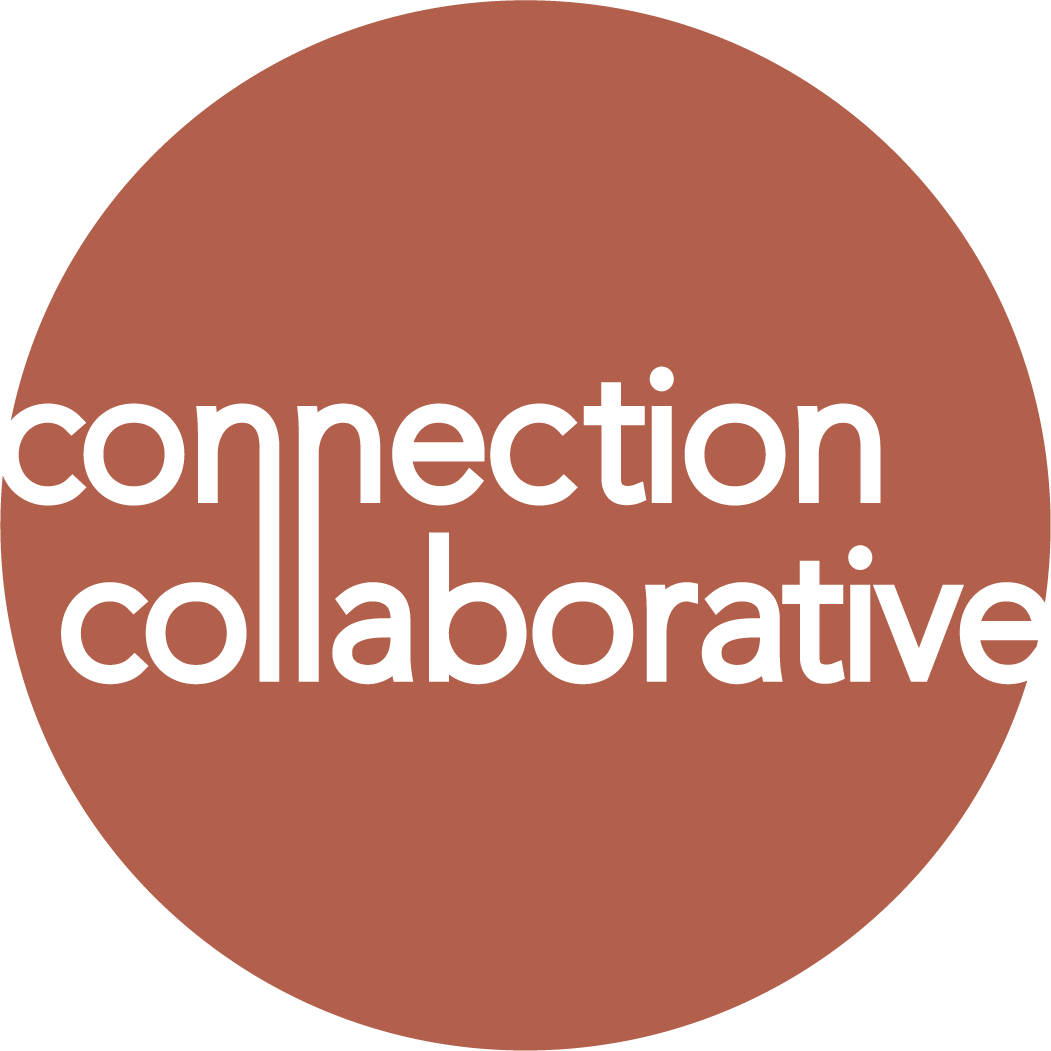You’re Not Pitching a Product. You’re Building Belief.
by Annalisa Holcombe, Founder & Principal Consultant
Everyone asks me about a pitch deck. And every time, I bristle just a little.
We’re not pitching a product. We’re building belief.
The word “pitch” feels transactional to me, like we’re trying to sell something instead of inviting someone into a shared vision. Fundraising isn’t sales. It’s not about convincing someone to buy. It’s about recognizing a big, sticky societal problem, and inviting people who share our values to partner with us to try to solve it.
Belief is the foundation of good fundraising.
Belief in a mission. Belief in the possibility of change. Belief in the idea that together, we can do something bigger, braver, and more impactful than any of us could alone.
But belief doesn’t get built in the final polish. It gets built in the messy middle. In the conversations that shape the strategy. In the questions that haven’t yet been answered. In the willingness to be honest about what’s hard, and hopeful about what’s possible.
One of the best lessons I’ve learned in my fundraising career is this: it’s better to share a draft than a deck.
When I’m developing a new case for support, especially for something bold or unfamiliar, I don’t polish it and send it into design. I do my best thinking. I write the strongest narrative I can. And then I put a DRAFT watermark across the top and send it to the people I think might care most: my board members, trusted donors, longtime mentors, and other interested, trusted, mission-aligned peers.
I’m clear that it’s a work in progress and that I value their opinions. I ask: Are we framing this the right way? Are we missing anything important? Does this resonate with you? Do you know others who might see themselves in this story?
And then, and this part matters, I tell them what I used from their feedback. And if I didn’t use something, I explain why. I don’t treat them like a target audience. I treat them like collaborators. Co-producers. Strategic partners.
And almost every time, something shifts. Not just in the content, but in the relationship. They become more invested. More thoughtful. More excited. More ready.
That’s when belief starts to build.
When fundraisers are brought in only at the end, after the decisions are made, the vision is set, the deck is already on slide 27, we miss the opportunity to build shared ownership. To let funders not just support the work, but believe in it. And belief is what unlocks commitment. What deepens investment. What builds long-term, values-aligned partnerships.
Fundraising isn’t a transaction. It’s transformation. And transformation doesn’t happen after the fact. It happens when we bring people in early, when we invite them into the vision, the questions, the co-creation.
So if you're leading a mission-driven organization, here’s my request: stop thinking about fundraising like a pitch you can perfect. Bring your fundraisers, and your funders, into the work much earlier. Don’t ask them to fund the solution. Ask them to walk with you on the journey.
That’s how we shift our focus from building programs and budgets to building movements.
